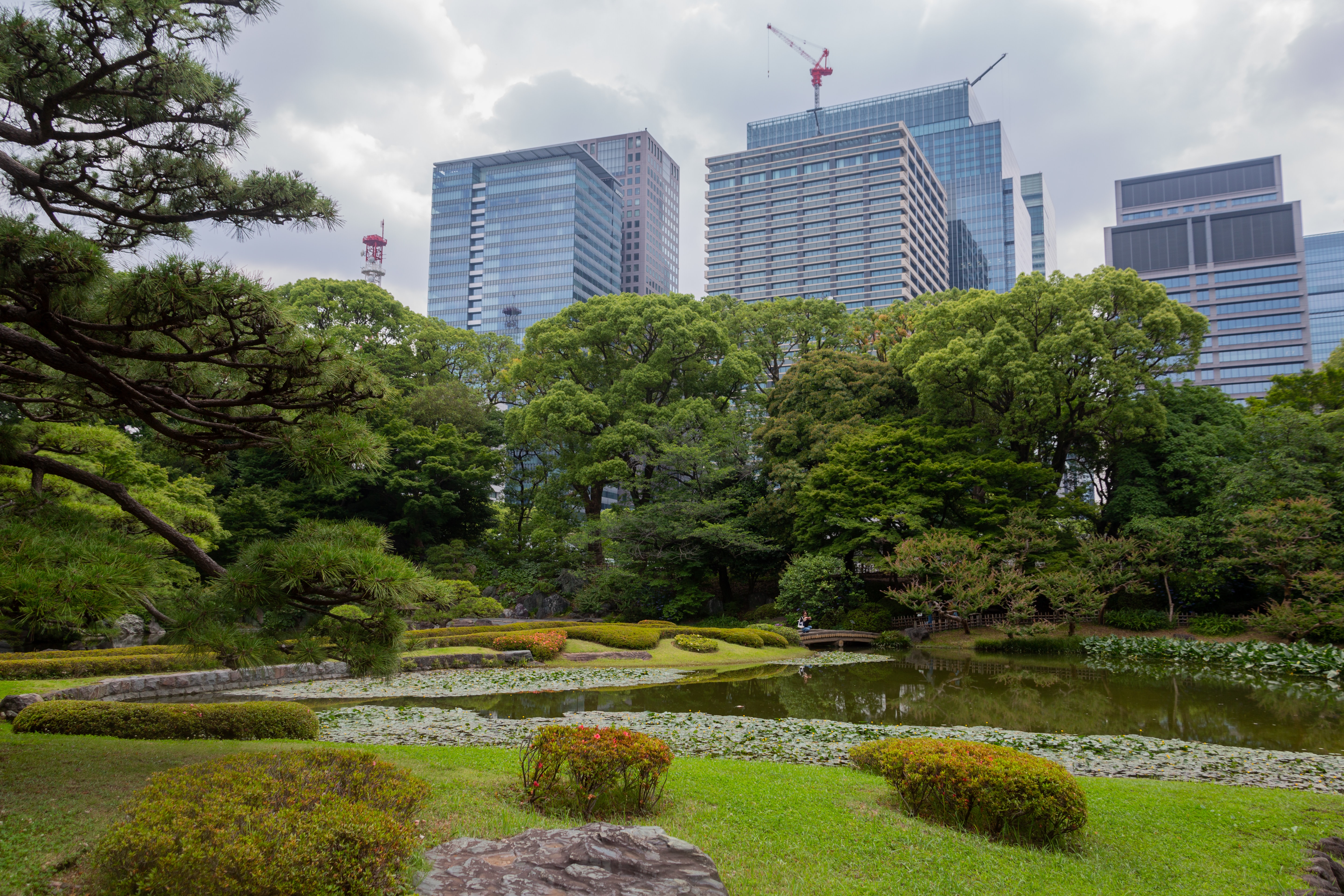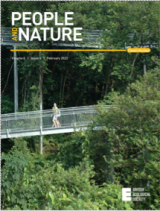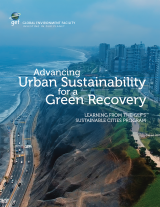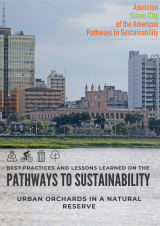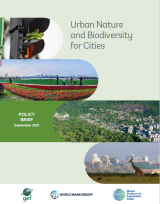Greening Cities supports an integrated approach to managing urban biodiversity and the ecosystem, in which “green” and “blue” assets such as grasslands, parks, rivers, lakes, coastal water systems, and wetlands are an integral part of the urban design, land use, and spatial planning. Using natural capital accounting, cities can measure the impact of ecoservices through economic and environmental metrics, and plan, assess, and invest in a network of green urban infrastructure that connects urban and urban peripheries to increase ecological functions, while integrating the value of nature in decision-making.
Understanding the interconnectedness among urban biodiversity, ecosystem services, climate change, and our wellbeing, Greening Cities initiatives will help cities deliver green and low carbon growth.

